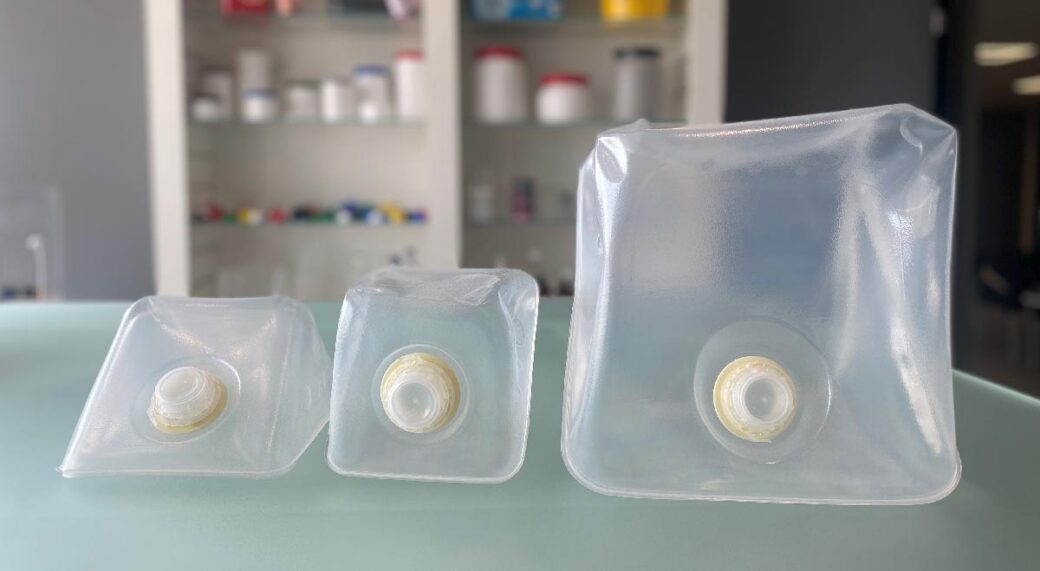When did you last replace your filters?
Breathing filters do not last forever. Once a gas and moisture filter has used up its entire capacity, it does not provide protection any more. A soot filter used past its useful life will still protect you, but it will be difficult to breathe through it, leading to fatigue and reduced productivity.
Lifespan of a breathing filter
The lifespan of a filter can be affected by a number of factors, including the type of filter, the concentration of pollutants in the air, breathing rate, humidity and temperature. The best practice is to prepare a filter replacement schedule – a specified time period after which the filters must be replaced. This time period can best be set using objective data and a tool for estimating the lifespan, like the 3M Service Life Software. As an alternative, a filter replacement schedule can be developed at your workplace by taking into account typical breakthrough times for gas and vapour filters, or times to blockage for particle filters, and applying a margin of safety.
When to replace filters
Filters must be replaced at very least when:
- You can taste or smell the contaminant while wearing the mask correctly (gas and vapour or combination filters).
- It becomes more difficult to breathe through the filter (soot or combination filters).
- The filter’s expiry date has passed.
- The filter has been out of its packaging for six months or longer (gas and vapour or combination filters).
- The filter shows signs of damage.
Always check for any locally deviating regulations
Do you replace your filters often enough? Look at breathing filters in our catalogue or contact us for more information. Our specialists are happy to help you!







